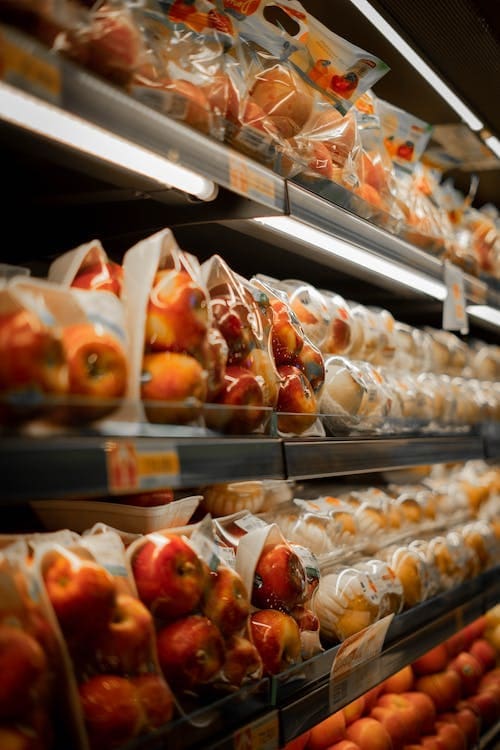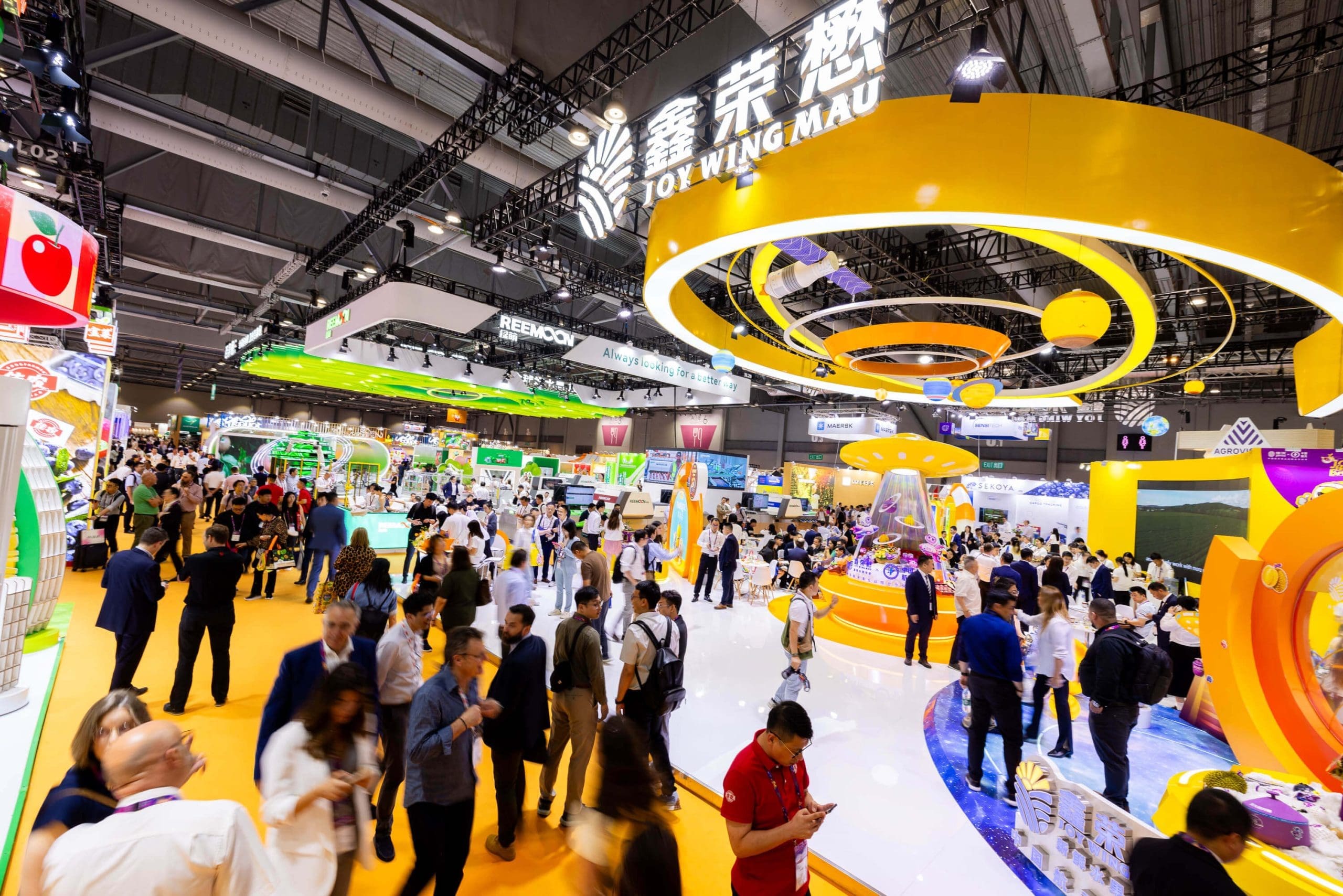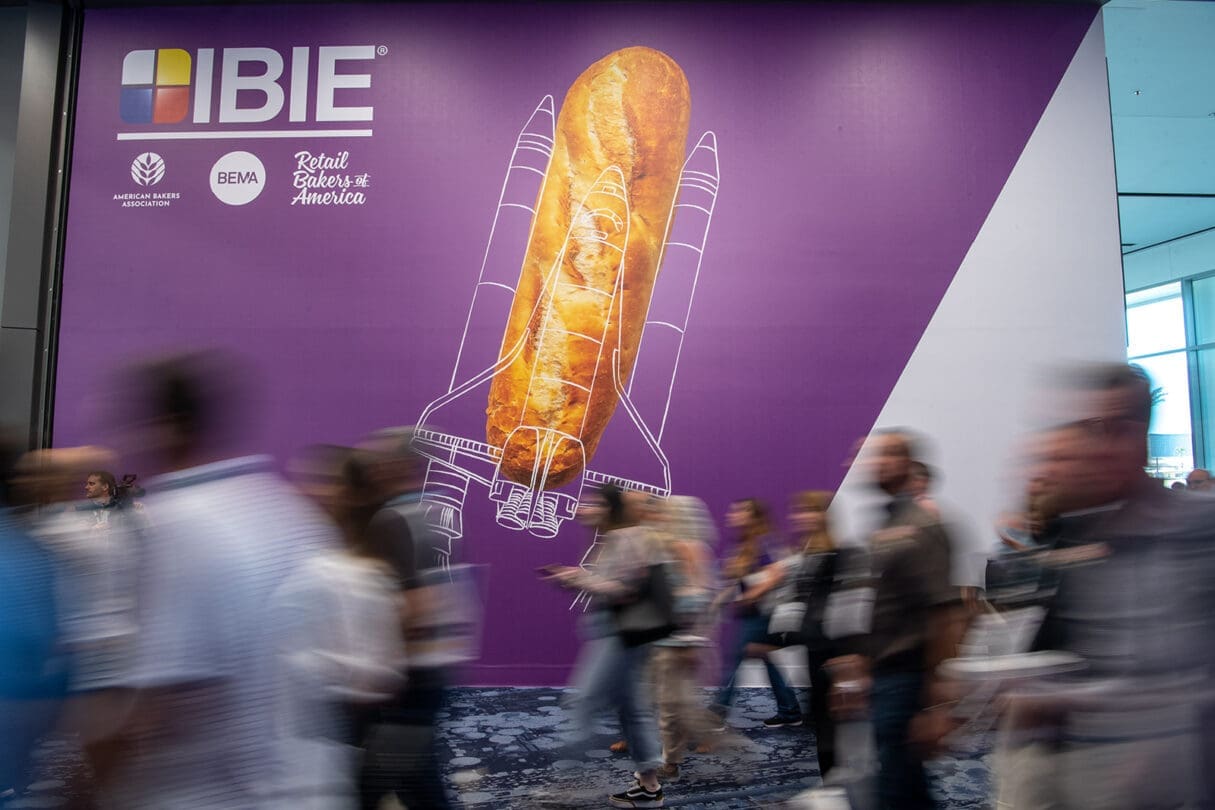a food packaging perspective

New technologies in food industry are growing in importance, providing numerous employment opportunities, and increasing the relevance of the Food Tech Ecosystem for the society. Moreover, the increasing concerns about food processing related issues, such as safety, nutritional claims and certification, genetic engineering, functional food, and the environmental impact of food production processes.
Changes in Food because of economic, social, cultural, technological, and environmental factors are the slowest to be observed and the transition to a more sustainable model of production from row ingredients to packaging to consumption may risk taking too long.
An event such as Anuga FoodTec have turned into a decisive competitive factor in the food and beverage industry due to opportunity of building network and scouting what markets and environmental requirements could be offered.
Key topic of the event is “Responsibility”, in other words an extended way that should all take to transform the system even though it is so complex.
For this reason, I am not shying away from going to Cologne this March to experience a broad spectrum of understanding of food properties, processing, packing and their interrelationships.


Population of food services is gathering to shed light on the organization of the food in the new context. Especially focus on how to build a harmonised system between pipelines and platforms, overviewing different food packaging solutions while evaluating the implications of new model may have for both producers and consumers.
Three critical areas are here highlighted that warrant further attention: first, the EU regulatory framework; second, the potential success of digital processing; third, alternative food networks (AFNs).
Firstly, a systematic analysis of all EU publications on packaging and packaging waste might help to indicate that the attention to stop continuing to see packaging as an environmental issue started to appear long enough, or before the release of the first Circular Economy Action Plan (2015).
Then, the grew in number of projects towards the second Circular Economy Action Plan (2020), by far, recycling is the circular economy strategy most frequently discussed, while reducing and reusing are still under the judgement of the internal committees.
And the road to the much-aspired harmonisation in this direction still seems far away (deeply to disincentivise industries toward real innovation at machine and process line level). Definitely, the major focus is placed on plastic in comparison to all other material categories including biomass, non-metallic minerals, metals and alloys, critical materials, and fossil fuels.
Despite the fact that in the agrifood sector these biomasses are the most abundant materials to be optimised to respond to ecological issues and waste management proposing economic growth and innovation.

In this regard a second point, examples of new technology for a sustainable growth in food and beverage sector are gradually becoming more sophisticated. Such as, how to monitor failure of critical component in packaging machinery that usually has relevant impact on production.
Consequentially, new solutions could provide a reliable preventive failure model to address the issue in due time managing process data, design features, production high frequency data, engineering technical test and validation data, by creating a unique data repository while implement Machine Learning models.
Resulting in deep investigation and understanding of potential failure root causes and clusters map to help technical support and end users.
Another cases to be observed regards the Food supplements industry quality control in which each production phase, including the identification of the raw materials, is critical for this type of industry for which it is applied strict quality certifications. In fact, chemical checks involve long laboratory procedures that causes continue delays in every phase of the production and logistic.
New tech is capable of faster detection needed and Near Infrared detection could substitute traditional chemical analysis in most of the cases. Regretfully, the NIR curve need to be compared with a reference for each ingredient and these references have to be created from scratch above all for natural ingredients coming from different plants and different cultivar.
The list could go on longer than the two pages of this article, which is why Anuga Food Tech is a real platform for endorsing a new Food Networks, forming a body of work that surrounds the emergence of alternative food practices as a reaction against the standardization and unethical nature of the industrial food system.
Let’s seek here the transform modern food provisioning by connecting professionals in direct ways to rethink the food tech system through environmental sustainability and social welfare exchange models that support a return to community food production and demonstrate a commitment to social, economic, and environmental quality along the food chain.




